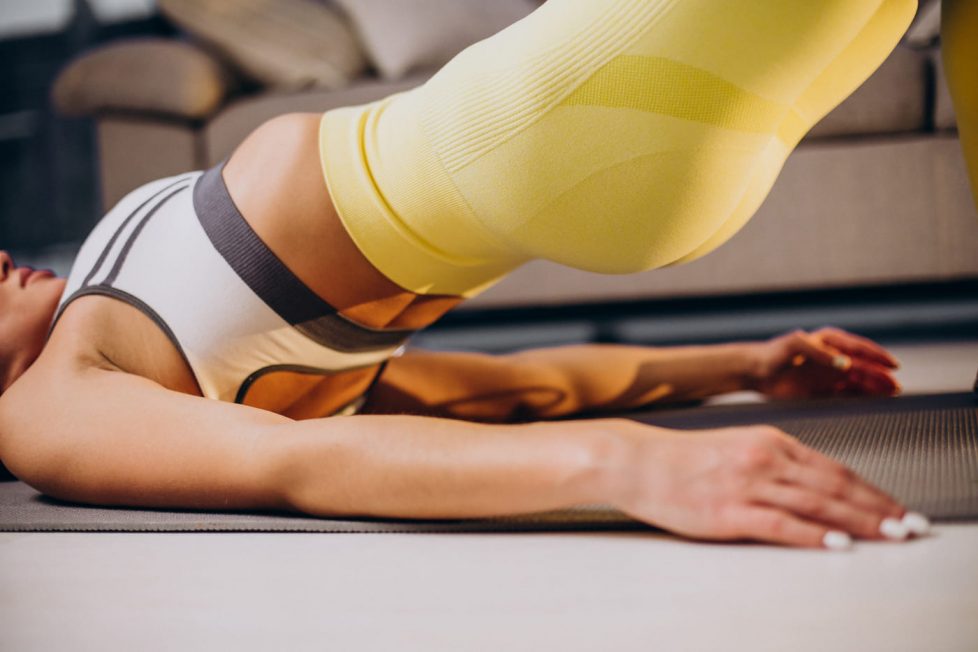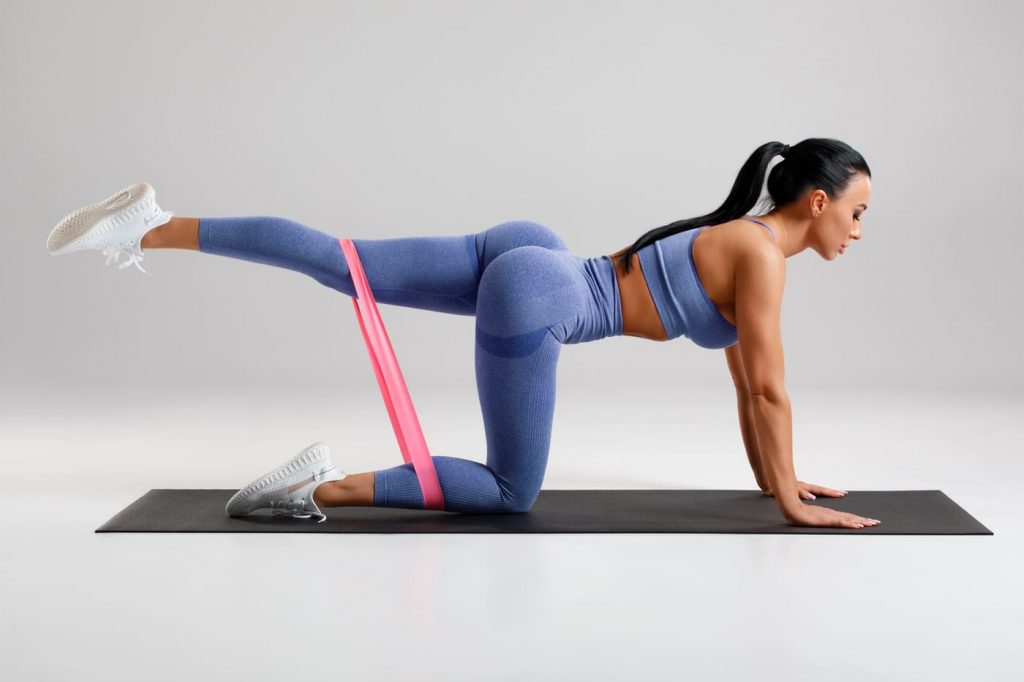3 ways to lift your glutes at home
Strong glutes are more than just about aesthetics.

The glutes are one of the most important muscle groups in the body. It’s time you worked on them in order to feel good and look great.
The amazing muscles in your backside – known as your gluteal muscles – help your body stay upright, keep your body moving forward and help you power through your workouts. Keeping your posterior healthy can make a big difference in your every move.
In case you missed it, all sports and fitness activities can benefit tremendously from strong glutes. For example, our glutes aid in our ability to hinge and squat, keeping us in a pattern of safe, secure movement while we exercise. Strong glutes also mean a strong back and pelvic stability, helping to minimize lower back discomfort throughout the day. More and more gym classes now focus on building your posterior – and a lot of classes in the gym is dedicated to the pursuit.
But we do also all want our butts to be as high, tight, round, and firm as those seemingly perfect celebrities but getting it is another matter. Because so much of our body’s shape and figure comes from our genetics and our butts is the area where we tend to hold the most fat for the longest. Making it very difficult to shape and tone. But not impossible.
Our glutes are made up of three muscles the gluteus maximus, the gluteus medius, and the gluteus minimus.
The gluteus maximus is the largest of the three muscles that make up the buttocks. This is the muscle where you want to focus your efforts on specifically the the panniculus adiposes or the fatty layer just underneath the skin. The panniculus adiposes gives the rounded shape of your butt. If you have a flabby buttock it’s because it’s becuase of the panniculus adiposes. After all it is the layer of fat. So naturally in order to shape and give the butt a firm rounded look we need to build the butt with glute exercises.
Simple activities such as walking, hiking, and going up and down the stairs all incorporate the glutes, too, and being able to use your butt muscles while carrying out these activities makes movement overall so much easier and injury-free. Plus, strong glutes can also make you a better runner—and even help you avoid knee injuries.

Perform the following moves in a traditional three-set format: 15 reps each set, and resting 60 to 90 seconds between each set. Complete all sets for one exercise before moving on to the next butt exercise.
It’s a common exercise that you’ll see in workouts or at the gym and is one that you should definitely include in your own home workout program.
The key to making this exercise target the glutes instead of the hamstrings is the stretch. With your feet close together, hold a weight in your right hand with an overhand grip and extend your arm. Keep your head up and a tight arch in the small of your back. Bending your right knee slightly and keeping your left leg straight and locked, hinge at the hips to lower your torso toward the floor, using the weight as a counterbalance as your left leg comes up in a straight line behind you. With contracted abs, squeeze your right glute and hamstring as you pull your torso back to vertical. Repeat for reps before switching legs.
Begin in low lunging position with right foot forward, left foot back. Both legs should be bent at 90 degrees, torso parallel to floor, right hand on right thigh, and left arm extended, fingertips on mat. Pushing through the right (or forward) leg, take a small jump into the air, lifting your left knee off the floor and driving it upward toward the chest, swinging bent right arm forward until elbow is in line with shoulder. Reverse the movement to return to start. This is a great move to add to any conditioning circuit at the gym or at home, but it’s also a great calorie burner, since you’re getting your heart rate up.
Step ups are an easy exercise that may look quite basic, but are absolutely fantastic for your glutes and legs. You will need some equipment for this exercise, either a freestanding step, a box or stairs. Place left foot on the bench, and keep your right foot on the floor. Pushing through the left foot, lift your body up until you’re in a standing position at the top of the bench. Drive the right knee up until it forms a 90-degree angle. Pause, then slowly return to start.
